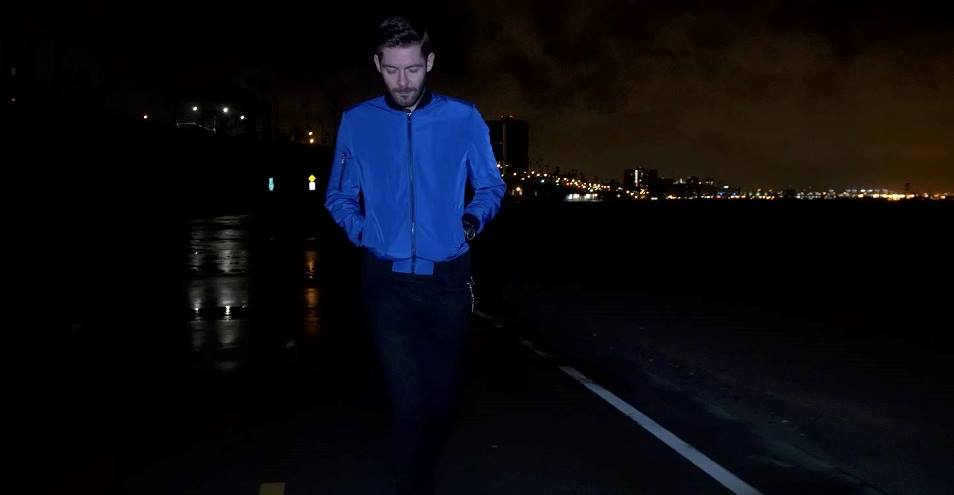
Whether he’s categorised as synthwave or synthpop, Glaswegian singer / songwriter Michael Oakley is one of the best new talents of have emerged within electronic pop in 2017.
Oakley’s EP ‘California’ is one of the strongest debut releases of the year, featuring a sextet of “Melancholic postcards from my heart wrapped up in synthesisers and drum machines”.
Michael Oakley kindly chatted about his new life in Canada, growing up in Scotland where he was a pupil at Williamwood High School in East Renfrewshire and how the emergence of synthwave as an entity of its own has allowed Oakley to find an outlet for his love of music…
So, how are you settling in Canada?
It’s good, I’ve probably settled in better now that the weather’s shifted and it’s colder! Yesterday when I was out I felt “Oh this is comfortable” and it was like 2 degrees! We had a heatwave recently where it was hotter than any of the days I’ve been in California recently and I had to stay indoors…
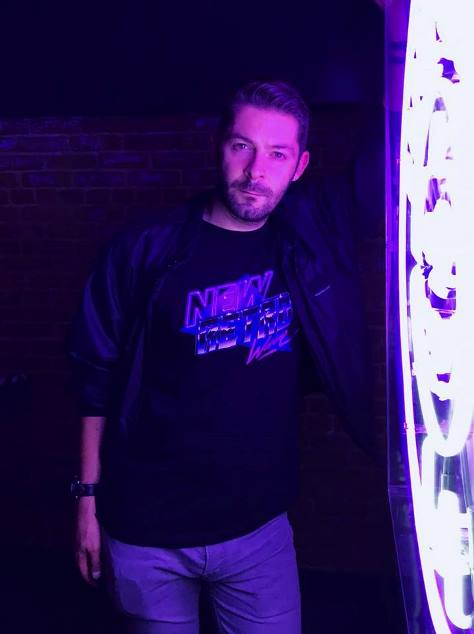 So to start a bit of history… tell us about how you got to where you are today…
So to start a bit of history… tell us about how you got to where you are today…
I loved music from when I was a wee boy. The first band I really got obsessed with was NEW ORDER. As far as becoming a musician I loved picking out melodies on a keyboard, the likes of Michael Jackson, I loved his melodies, really catchy.
My father pushed me towards doing lessons which I hated, at the time you don’t see the benefit of them and did that for a couple of years, then moved more towards teaching myself as I was far more interested in synthesizers and how to make sounds and stuff.
So were you a musical family? Did you have a piano at home or was it that you were interested and like most of us started with a Casio at Christmas?
Exactly a Casio, a CT-310 that was my mother’s which was passed to me. My dad is musical and is still playing in his 70s. As I said, he pushed me towards doing lessons but I felt I would have become one of those guys stuck on a piece of paper reading music not playing and for me, I would play by ear and do my own thing with what I heard.
I started buying cheap synths, learnt how to use them and sell them on and buy something else. So one month I’d have a Yamaha DX7, sell that and get a Korg M1 or a Poly 800…
So you were getting these secondhand?
That’s right yeah, and they were really cheap, I got my Poly800 for 80 quid. The guy I got my M1 from, you could tell was selling it cos he needed the money…
We’ve all done it…
Yeah I had a full setup before I bought a laptop; I had Juno 106, Akai Samplers, a Roland XP-80 and I sold all of it in order to buy a laptop for 1500 quid that could barely run 5 instruments. In hindsight though, I’m more productive now I have everything in a computer rather than having a hardware set-up.
On a laptop, you can press ‘save’ when you are working on an idea and load up the next file immediately, whereas with hardware you have to repatch things, find sounds etc and it take 10 minutes as opposed to 10 seconds and then you’re like “Sh*t, what was it I wanted to do again…?”
It’s way easier, for me it’s finding stuff that works… initially you want to get an idea off the ground, even a 16 bar loop to get things going. It’s what DEADMAU5 does, takes a 32 bar loop and work that, extending it, dropping bits out, changing sounds
I like his stuff a lot…
Yeah he’s one of the better ones. I find a lot of modern EDM sounds the same, homogenised, generic, and formulaic. There’s not a lot of new stuff coming out of that area that catches my attention and he is one of the ones that is always interesting.
I prefer folk like ULRICH SCHNAUSS, those guys make synthesizers talk. It’s funny as this morning, I bought a software recreation of the Emulator 2 and it’s amazing that so many of my favourite artists have used that keyboard: DEPECHE MODE, TANGERINE DREAM, DAVID BOWIE, PET SHOP BOYS. I’m not really interested in new synthesizers. it’s the ones from yesteryear that I like
That moves us on to my next question nicely. You’re a bit younger than me, so your influences wouldn’t have been current bands for you…?
Absolutely, when I was getting into music it was the early 90s and I had this whole back catalogue of stuff to shift through. The first bands I got into were NEW ORDER, I was obsessed with them and PET SHOP BOYS, blown away by them. DURAN DURAN, TEARS FOR FEARS AND DEPECHE MODE. Depeche are one of the bands I listen to now and still feel the same way when I hear their music, just wow…
So was it an older sibling that had those records that got you listening to them…?
Yeah my sister had a large record collection and she had all the ‘Now’ compilations and I’d be like ‘oh right, who’s STARSHIP? Who are FOREIGNER? ‘I Want to Know What Love Is’? That’s great.’
I’d discover all these sounds… I found 80s music far more colourful and interesting than 90s music, I’ve come to appreciate a lot of that now, but at the time, I found 90s music so dull and boring and depressing.
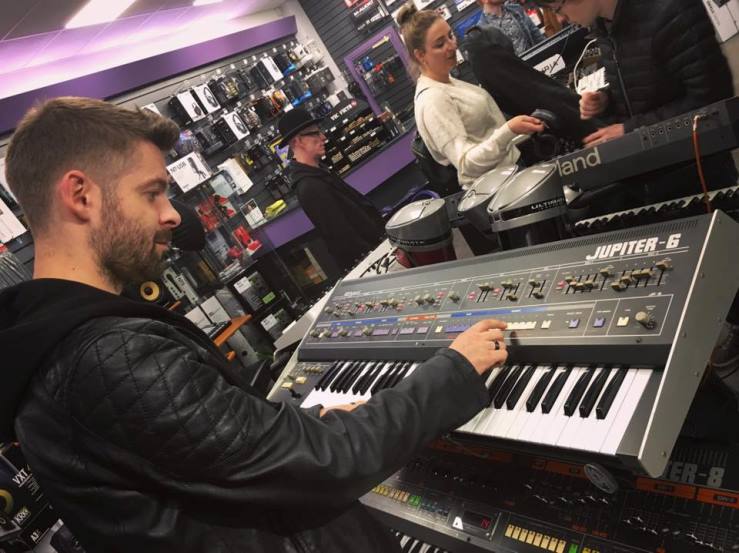
A lot of the bands from that synth period at that time either split, went into hiatus or were less prolific because of the ‘Britpop’ backlash against technology etc?
The only band that survived during that period were Depeche and I guess bizarrely PET SHOP BOYS who have this weird ‘Art School’ vibe about them. I’m not a fan of the newer stuff but they rode it out.
Then you’ve got folk like the guy from OMD. It’s hard to believe he wrote all that ATOMIC KITTEN stuff, but that’s how he survived that period.
And OMD are back some would say now better than ever…
Exactly!
So was it always you intention to be a musician? You went to University in Glasgow?
Yeah I went to Strathclyde and did a BA in Applied Music. I did that which was my formal training, but nothing I learned on that course has benefitted me in what I’m doing now.
Was that because of the way the curriculum was put together or that the course itself wasn’t able to keep up with the technology…?
Funny you should say that, as the course wasn’t particularly catered to individuals, it was very structured and formal. The first course I went to was showing off the Yamaha digital mixer we were going to use and everyone was “Wow!!!” and 2 years later it was superseded.
I was already working as a musician and the course was geared more towards how to read notation, working on your instrument which for me was singing, I did find a benefit there as I had a great vocal coach, but apart from that I don’t remember much from it so…
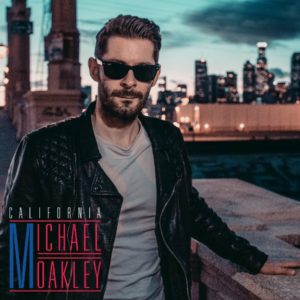
So your business model is based around an online presence?
Yeah, it’s something I’ve worked on in the last year. I’ve been really surprised as when I started, I wasn’t intending to do anything with the songs, I was just making the music I loved when I was growing up.
I used to write in bands before and it’s funny as the retro thing was taboo and you could do a little bit, but had to keep what you were doing mainstream and that bored me.
The last thing I did in a band didn’t work out, so I hadn’t written for the best part of 5 years. I did a few demos which didn’t really go anywhere. I didn’t know what I wanted to do, then I discovered this wonderful scene, synthwave music, a homage to the decade and it was the perfect opportunity to have a place the music would be accepted.
I wasn’t particularly planning to release the material, it was more I could make the music I grew up with making the sounds I love. It was just for to enjoy and that’s where all the stuff on ‘California’ came from…
came from…
…that brings us nicely to the EP. It seems to come from quite a personal place?
I came out of a long term relationship which ended quite badly and had to move back to my father’s place for a while which was quite humbling. Getting used to being on my own again, waking up daily and doing things for one person, not two. I started writing as in the previous years, I didn’t feel as though I had much to talk about. I didn’t know what I was going to say, the words came as I was making the music. The songs came from a lot of heartache but also new love, meeting someone else, all types of different love songs.
The mainstream Adult Oriented Rock sound comes from my background, when I was writing in a band… I love pop music, old school pop music, when pop was about great songwriting and musicianship. People like Elton John and Billy Joel are my songwriting heroes. If I’m looking for inspiration for songwriting, the guys I listen to are Elton john, Don McLean, Bruce Springsteen… the classic 70s song writers.
The song writing was better in the 70s but the sonic palette reached its peak in the 80s.
I agree up to a point in the 80s, it all went a bit wrong for me after about ‘87…
Absolutely! But it was all brand new. Synthesizers were out of reach for most people. Only people like Trevor Horn or Peter Gabriel could buy things like the Yamaha CS-80 or the Fairlight. Then things became affordable, couple of 1000 quid and then folk could afford it. Then you had the likes of Gary Numan getting hold of a Polymoog, DURAN DURAN etc… Numan suffered though at the hands of the press and his career never really recovered though he is out here on tour at the moment.
That happened to a lot of those acts. It’s interesting you mention that as one of the things I wanted to ask was if you have noticed a difference between the ‘scene’ in the UK in comparison to North America in terms of support etc
There’s a huge difference. One of the things I’m relieved about leaving the UK is that there is way more support, more grassroots encouragement. Back home, there’s a negative, glass half empty mentality, a “don’t put all your eggs in one basket mindset”…
That’s a very West Coast of Scotland / UK thing though?
Totally!
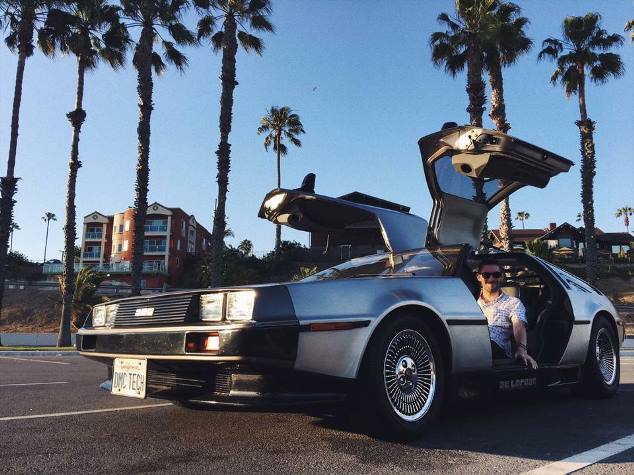
There are a lot of Scots making this style of music like Col Bennett and FM-84, THE VAN DAMMAGE and even CHVRCHES to an extent. What is it about this style of music that attracts Scots, is it because you can see the glass is capable of being full…?
I think it’s not so much the style, it’s really more like we are writing a love letter to the 80s. We all wish this music was still being made and now with the technology available to us, we can do it and do it ‘better’ as a lot of people couldn’t afford studio time whereas now… you can buy a Windows laptop for 400 quid and instantly start recording, there’s no limitations so a lot of guys that wouldn’t have had the opportunity to express themselves can now, which is great.
I’m not long away from Glasgow but I can already start to see the differences. There’s not really any sort of a scene in Scotland or Glasgow. I don’t know if that’s symptomatic of negativity or whatever… the last big band to come out of Glasgow were FRANZ FERDINAND, yeah CHVRCHES too… FF get played regularly in clubs here and are very popular. I didn’t come into the world to do the 9 to 5 and go home and watch Netflix, the potential for something to maybe happen keeps me going. I see a lot of people back home that have had their spirits crushed.
It’s the same across all genres in the UK sadly, be it Prog, Punk, Metal…
Yeah, venues are closing etc. Funny you mention that though. I was in a band and one of the things that started my enthusiasm to wane was the whole pay to play thing.
It was ridiculous, I’d play a wedding on a Friday night and get paid £250 and the following night, pay that away to play my own music. It’s one of the things that is killing music. Albeit you may not get paid but when you bring folk along who will be putting money across the bar too… it’s like what the f*ck…??
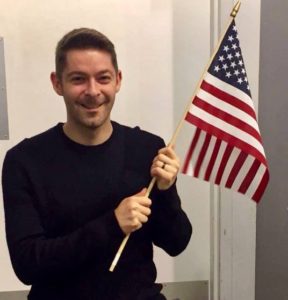
It’s interesting you say it’s a lot more supportive in North America…
Most of my support comes from North America, California most ironically. Then it’s Germany, Brazil and France. I’ve been very fortunate to have the support of New Retro Wave… I’m not even an artist on their label, but every track I’ve released has been put on their station. That’s done wonders for me, without that support I wouldn’t have continued. I sent them ‘Rabbit In The Headlights’ and since then, it’s had 160K plus plays on the site which is gratifying but saddening too as that sort of exposure you would think would lead to an act breaking out.
Music has changed, in some ways for the better as the playing field is much more level for independent artists, but you can’t make a living from it. It’s madness. I know we spoke about the fact some of the big bands that you assume are doing great business their members have day jobs.
I remember one of the guys that was in a 90s boy band ended up working in Footlocker… all right I suppose boy bands aren’t real musicians but they aren’t making any money, they are expendable, part of the product, It’s all about how many units you can sell, bums on seats!
Talking of bums on seats, do you sit at the piano to write, strum on a guitar… what’s your approach?
I have a couple of ways I do it… I may sit at the piano and get a chord progression and melody down most of the time. However, it comes from when I’ve set the mood, layering various synthesizer sounds and creating I guess a world. Usually at that point I know I’m onto something especially when I get that emotional connection and the words come to me.
Usually those revolve around how I feel at the time. I will as I say sit at the piano but it’s most often the sonic landscape, the atmosphere, the mood. I approach each song almost as a standalone and each of the songs on the EP sounds different because of that. One of my biggest influences are power ballads, it’s the only genre you can get away with the cheesier lyrics as the music reflects and supports that sort of approach
So is everything done on a computer now?
It is, I have a fast MacBook, a soundcard and a couple of controller keyboards. Strangely, I have a little Korg controller which I find I work better using, as when you’re confined to just 2 octaves, it forces you to find melodies, that’s what it’s all about, finding a melody.
I’m unusual as I use Propellerhead’s Reason as my DAW, I do use Ableton too but very seldomly, that’s mostly for collaborations out here as it’s the software of choice of a lot of guys so we can bounce things back and forth.
Reason for me sounds fantastic, the in-box synths are great. I have a large sound library and the latest version supports VST so I can use standalone softsynths… so I have Sylenth, the TAL-Juno softsynth and Darklight which is a Fairlight emulation… I’m obsessed with the Fairlight. So few folk could afford a Fairlight, it was guys like Gabriel, Trevor Horn, Kate Bush now I have one!
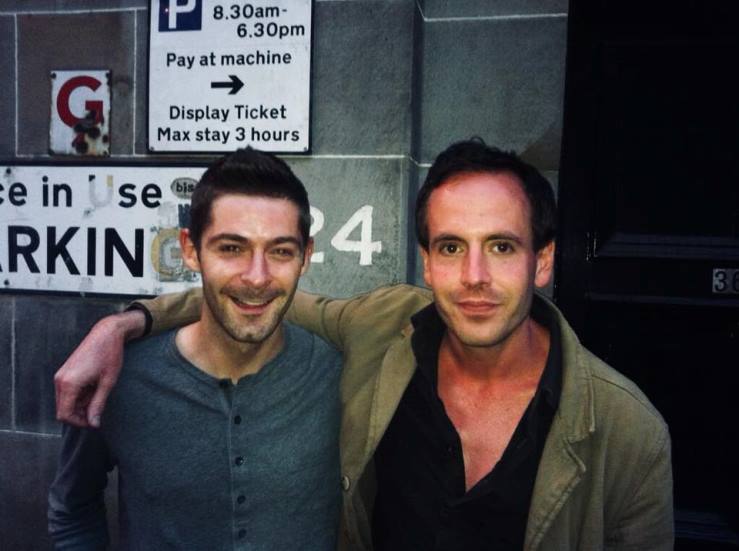
That is interesting as your stuff doesn’t sound as though it’s all done ‘in box’. All power to your programming skills, I imagined you had a load of hardware sitting on an A-Frame in your studio…
That probably my Ulrich Schnauss influence, he makes synths sound really organic. The sounds evolve and have more movement. I will try and make the sound less static. I have a really good sound library. You need to make your own library, they can be presets but having instant access to sounds means ideas can happen right away with sounds that support them, you can change the sound later…
I layer a lot of stuff. It’s better to have melodies that compliment and counter one another. A lot of folk stuff things together, they sound alright but arrangements get cluttered. It’s better to have layers and let the track breath in and out. I get obsessed, it’s easy to buy a softsynth and never use it. I fell out of love with for example the Arturia stuff, I gave the license away as I wasn’t using it…
Are you going out to do any live work?
I’m currently working on a live show but I don’t want to just turn up and hit play on a sequencer, I want to build something different. You can buy the record if you want to hear that. It will be with a couple of other guys. I just want to build the fan base, get more people to hear the music and get as many folk to share it which is more important to me.
A lot of the shows are getting excellent crowds. I was at THE MIDNIGHT show on Saturday at the Globe, a really prestigious venue in Los Angeles, and it was a sell-out, 1500 paying customers… sold all the merchandise which has inspired me for my own live shows.
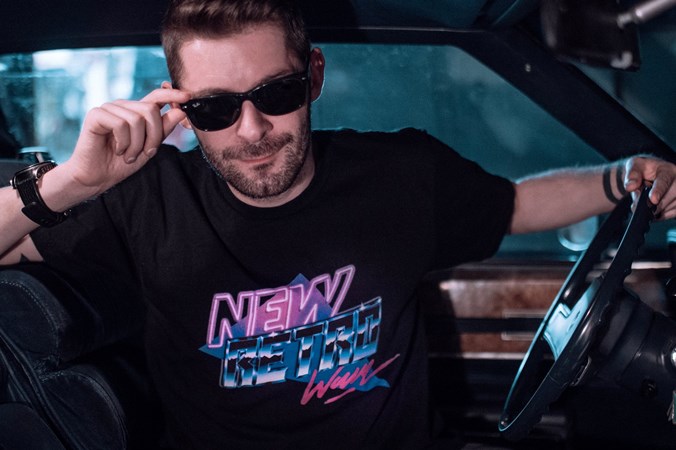
What’s next…?
I’m working of new material but that musician insecurity of how will I do that again is kicking in… hopefully ready by summer 2018. I’m releasing an instrumental version of ‘California’ and there are a remixes in the pipeline too in time for my birthday on the 3rd January. Just keeping pushing the EP, find ways of getting folk to listen to my music
Meant to ask, what’s the day job…?
Believe it or not, I actually do sound design for companies like the Patchbay and Samplemagic, I create patches for synths and I do the occasional cover set here in bars etc at the weekend.
So do you ever when you’re doing sound design hit a patch and think, I’m keeping that one for myself?
I think of it in terms of nobody will use that sound the way I use it. I released a soundbank for Spire with a load of my own patches on there and there was a time in my life when I would have been quite egotistical and said “Hell no, they aren’t getting my sounds!” but I won’t use that sound again, so if they are willing to pay for that sound why not. You can’t be too precious!
ELECTRICITYCLUB.CO.UK gives its warmest thanks to Michael Oakley
‘California’ is available as a download EP in song and instrumental variants from https://michaeloakleysynthwave.bandcamp.com
is available as a download EP in song and instrumental variants from https://michaeloakleysynthwave.bandcamp.com
A limited edition purple vinyl and cassette edition is released by Timeslave Recordings, available at https://timeslaves.bandcamp.com/album/california
https://www.michael-oakley.com/
https://www.facebook.com/MichaelOakleyOfficial
https://twitter.com/MichaelOakleySW
https://www.instagram.com/michaeloakleyofficial/
Text and Interview by Ian Ferguson
30th November 2017, updated 20th January 2018

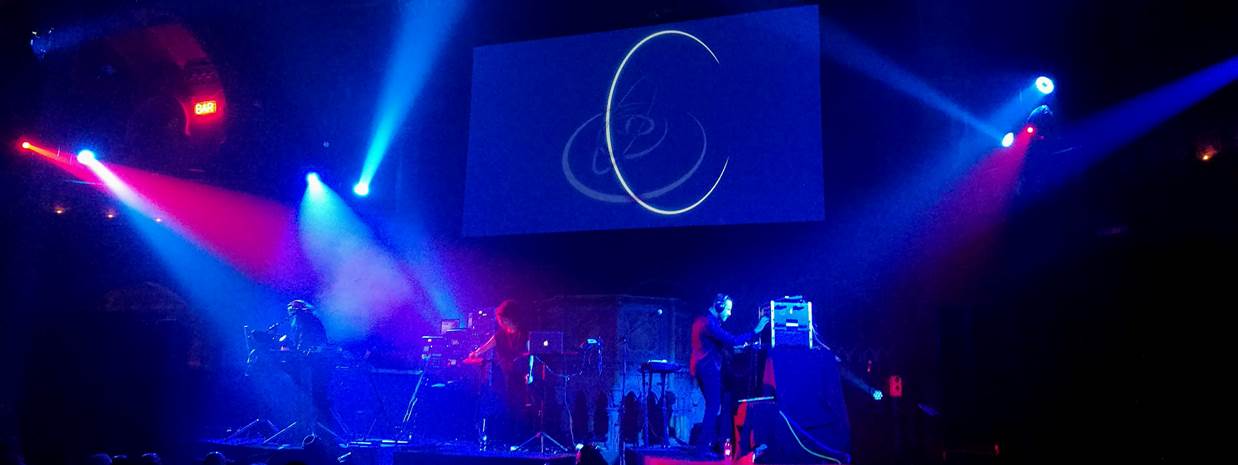
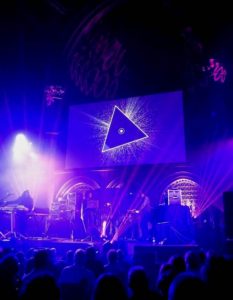
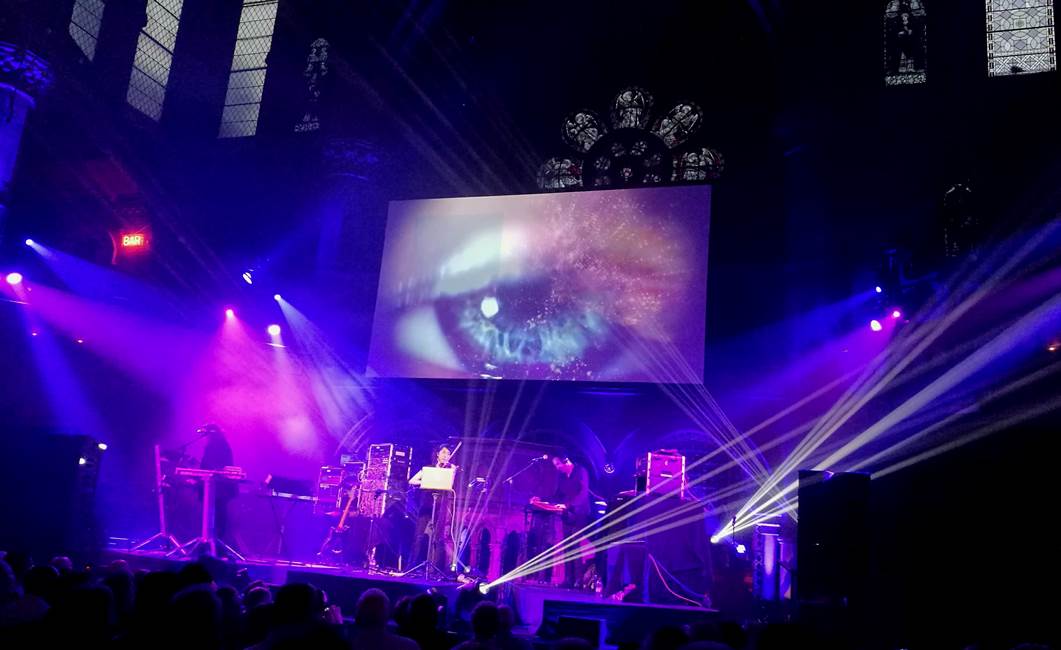
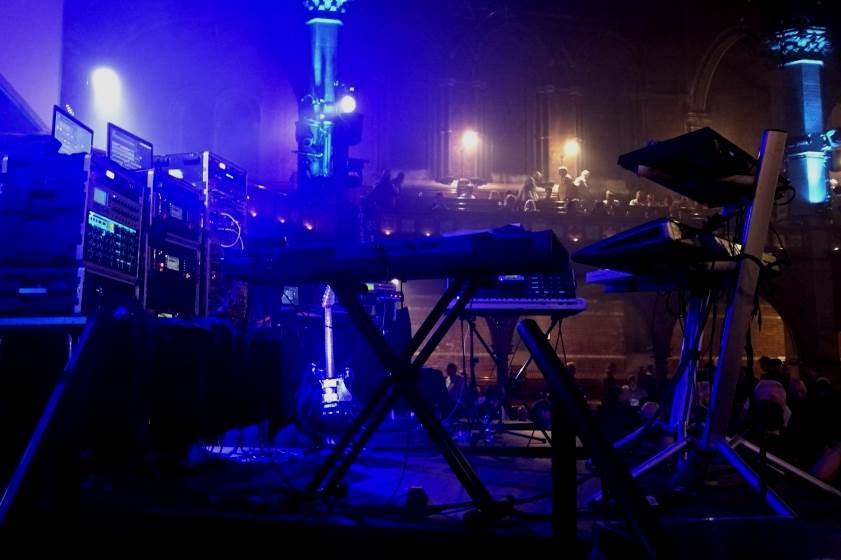
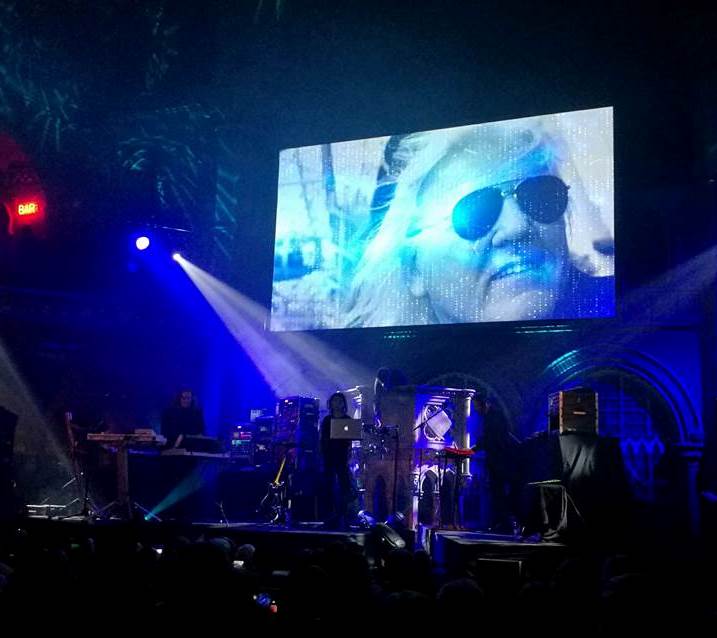








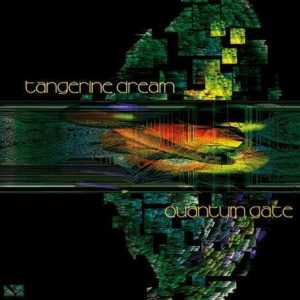
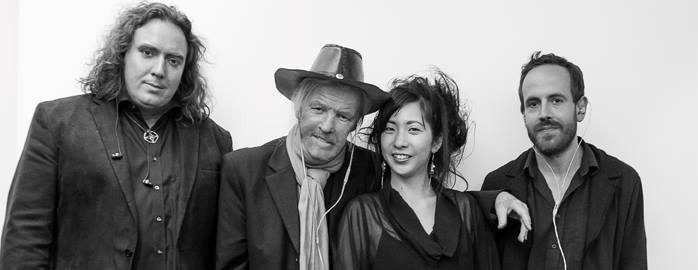
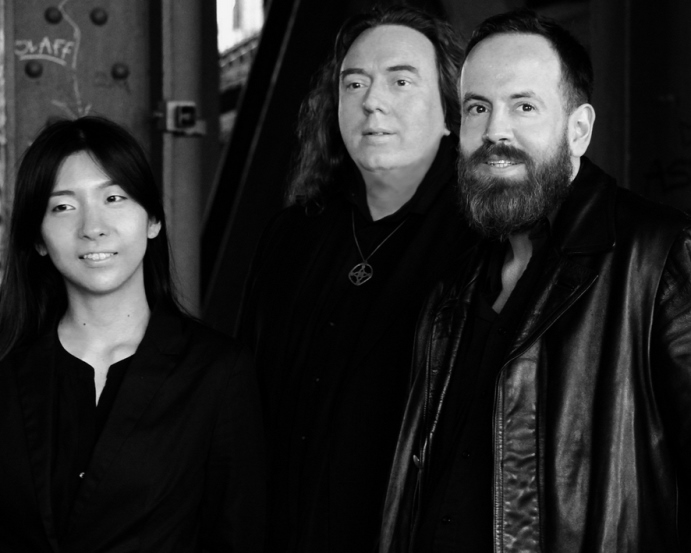
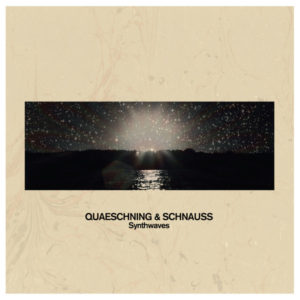
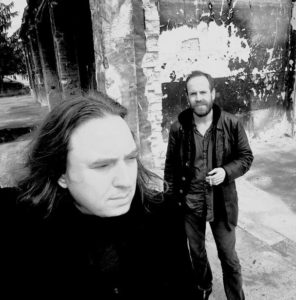
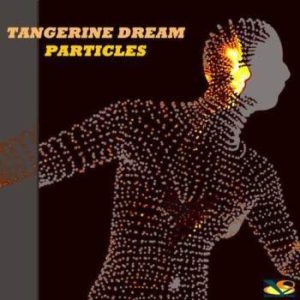
Follow Us!